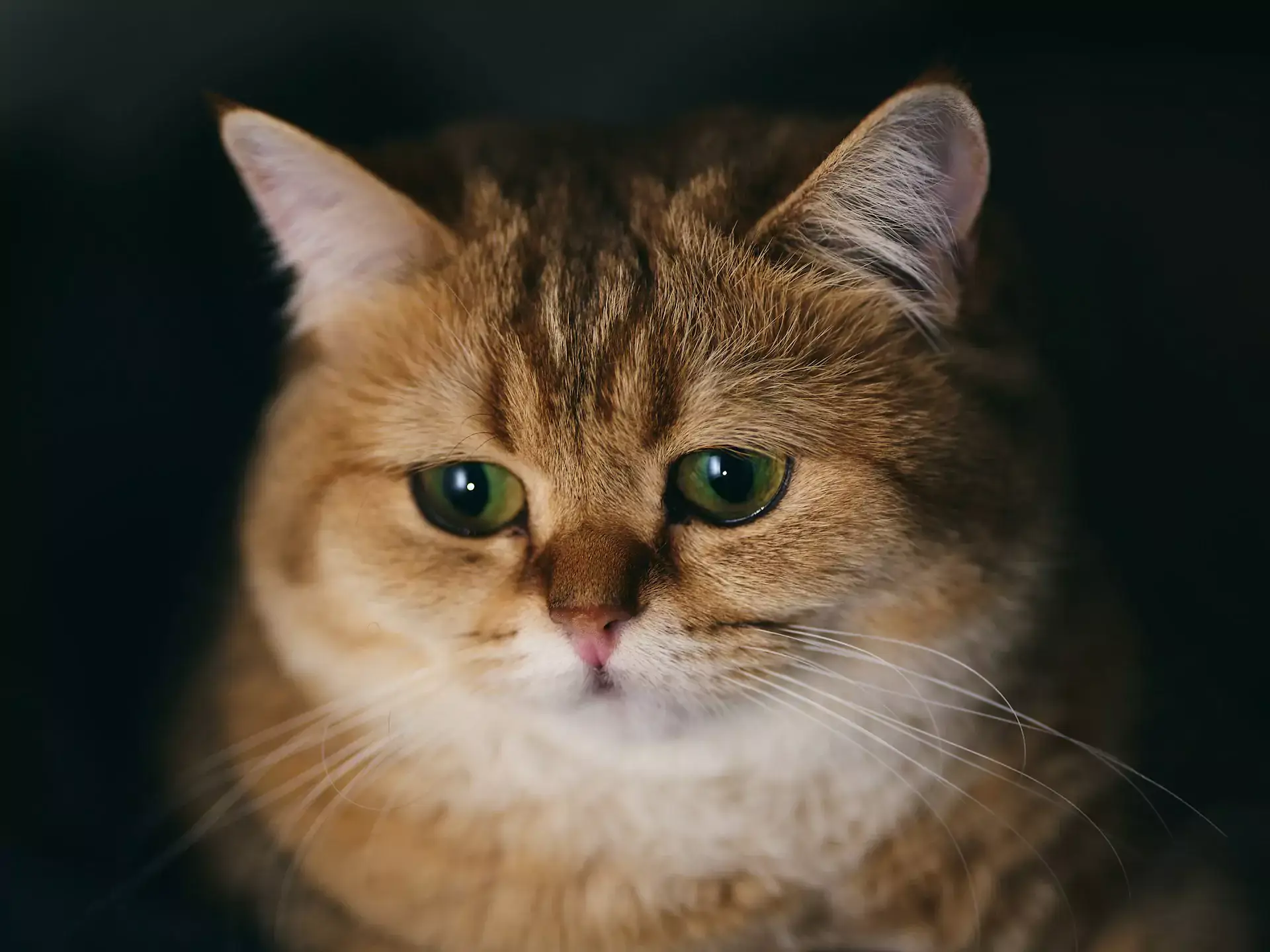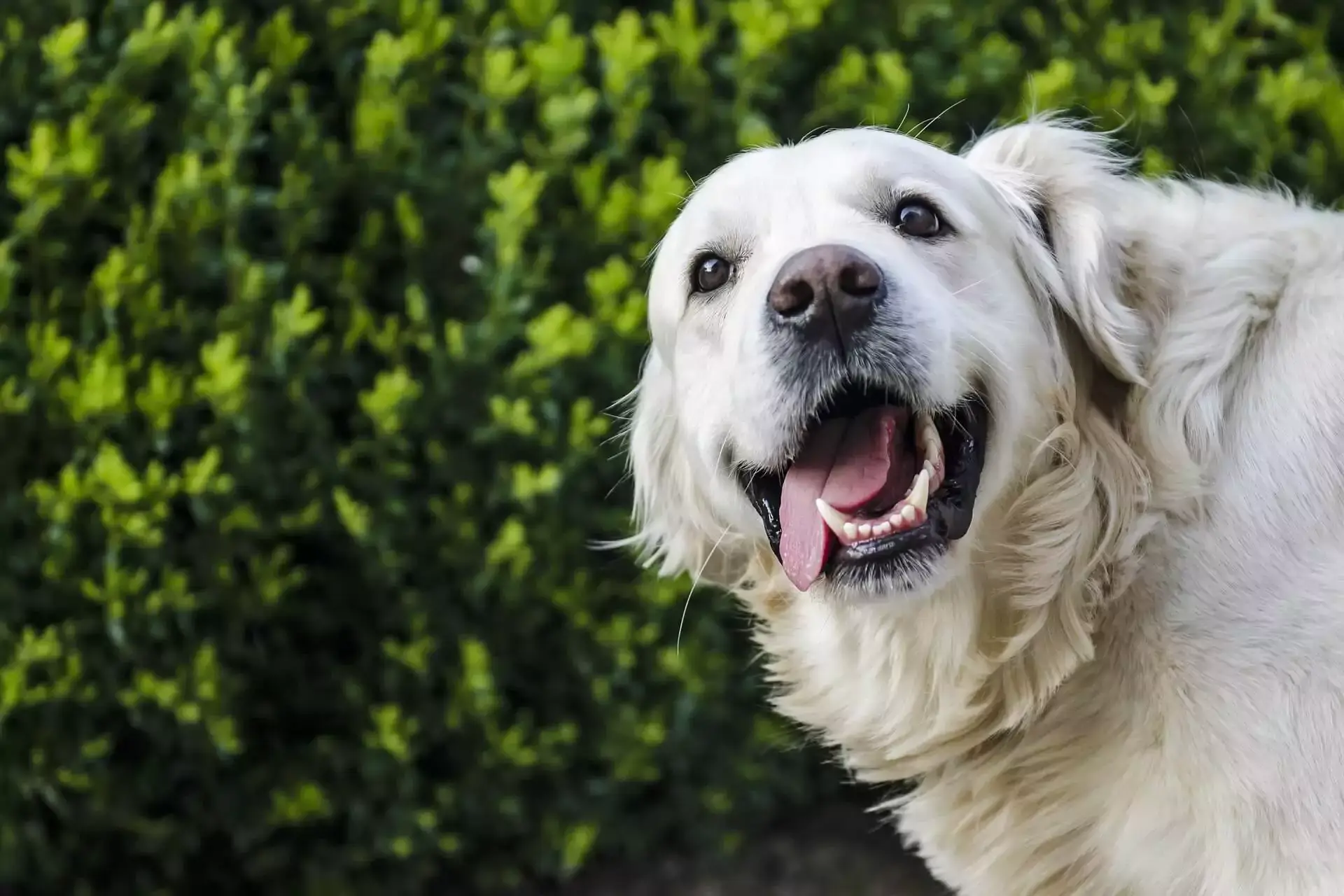Did you know that one of the best things you can do for your feline buddy is to ground her? Our feline pals can be very bold and daring. Many of them enjoy going outside and partaking in exciting feline activities, like ignoring your calls, leaving paw prints on your windshield, rolling about in the driveway, and, of course, proudly placing dead animals on your front porch. However, Fluffy will fare considerably better indoors. A local Roanoke, VA veterinarian gives some recommendations for keeping an indoor pet happy, healthy, and purring below.
Why Won’t My Cat Stay Indoors?
As you may have noticed, our feline pals can be extremely determined. It will be much easier to get Fluffy to stay indoors if she actually wants to. Otherwise, you might find yourself always trying to corral your feline buddy.
One of the most beneficial things you can do here is to start when your pet is still young. If your feline companion is still a kitten, teach her that she’s an inside pet from the beginning.
You may need to use a few tricks to make Fluffy nervous about going outside. When you catch her sniffing near the door, do something to startle her. You don’t want to harm or scare her; that would only make her even more determined to flee. Try spraying her with water. Making a loud noise may also help. You can also sound a bike horn, set an alarm on your phone, rattle a coin jar, or simply clap your hands.
Offer Fluffy the Best of Both Worlds
Our feline friends do benefit from the activity and excitement that comes with being outside. There is a way your pet can do both. A catio, of course, is the solution. This might mean a screened or enclosed porch or patio, an additional room, or even a sunny nook. Set up some cat furniture and things for your pet to play with.
You may also want to include some pet-friendly plants for your feline companion to inspect and nibble. Catnip is the obvious choice, but there are lots of others to choose from. The ASPCA website provides more information about safe and harmful plants here. When arranging plants, keep your kitty’s safety in mind: don’t put a large plant with drooping leaves on a little stand that your cat could tip over.
Is It Okay To Keep A Cat Inside All The Time?
Yes! In fact, it is not only acceptable, but even recommended. Your pet will be much safer indoors. As soon as your cute little buddy ventures outside, she is exposed to a range of possible threats.
These include:
- Cars
- Chemical Exposure
- Unsafe Plants
- Other Cats
- Weather
- Wild animals
- Parasites
- Stray dogs
- Viruses and Diseases
Cats that venture outside are also more susceptible to being wounded, lost, stolen, or killed.
Keeping kitties indoors is also better for the local ecology. Fluffy is actually a rather adorable little serial murderer. Every single year, our feline friends kill billions of little animals, mostly small, vulnerable creatures like birds, reptiles, and rodents. With so many native species of animals under risk, every tiny effort you make to help counts.
How Do I Keep My Indoor Kitty Content?
Give Fluffy plenty of toys and a good scratching post or board. Cat furniture, such as a cat tower, can also keep your cat’s tiny motor going. We’d also recommend giving your furry friend a comfy window seat, preferably one with a good view of birds and squirrels.
Aside from that, just spend time with Fluffy. Pet her, play with her, and let her curl up next to you. As much as we like to mock cats for being cold and distant, they are actually quite emotional and create powerful emotional connections with their owners.
Small comforts can go a long way. If you will be away from home until dark, turn on a television and light for your cat before you go.
Contact your Roanoke, VA veterinarian for more information.
How Do I Keep My Cat Healthy Indoors?
Fluffy’s basic care requirements will be the same whether she lives indoors, outside, or is free to roam. Your feline companion’s care regimen should start with nourishing, age-appropriate food, fresh water, and a cozy, safe environment.
Proper veterinary care is also essential. We recommend that every cat be microchipped, spayed or neutered, and kept current on vaccines and parasite control. Fluffy will also need to come in regularly for checks and screenings.
Ask your veterinarian for specific advice.
How Can I Make Sure My Cat Is Safe Inside?
Petproofing is crucial here. Our feline companions are inquisitive, active, and sometimes reckless. This makes for a delightful combination, but it can also be dangerous. You’ll want to take care of anything that could endanger your pet. The most dangerous items are usually small or sharp things, like fishing lures, pens, safety pins, craft kit pieces, and pins. Ropes and cords are also harmful, as are plastic bags, wrappers, and ties. There are also risks from poisonous plants and many chemicals.
We also recommend keeping bigger appliances, like dryers, closed when not in use, and making sure that all of your windows and screens close securely. Reach out to your Roanoke, VA veterinarian for more information.
Should I Take My Indoor Cat Out For A Walk?
Maybe. This won’t be right for all kitties. While some daring and adventurous felines like to go for walks, a more timid cat may be too terrified of the outdoors to enjoy such adventures. If your pet appears to be happy staying indoors, well, it’s probably best to just let sleeping cats rest. Otherwise, you can try it.
Before taking Fluffy on a walk around the neighborhood, you’ll need to help her become acquainted with her leash and harness. Begin by simply attaching the harness to your furry little friend when she is indoors. Offer her attention, praise, toys, and snacks to help her form a positive connection with these things. (Catnip may not hurt, either, just make sure she doesn’t get tangled up.) Leave the harness on for a while, but don’t leave your pet alone while she is wearing it. You don’t want your furball to get stuck on anything!
The next step is to attach the leash. Allow your feline pal to pull it around behind her. During this phase, keep a tight eye on your feline companion for safety. Once Fluffy is accustomed to the leash, try ‘walking’ her about the house.
Once she is comfortable with her leash and harness, you can take your cat outside. Don’t venture too far at first; simply let your pet sniff the grass outside your door. Stay clear from trees; you definitely don’t want Fluffy to climb one while leashed! Also, pay attention to your cat’s behavior. If your cat does not seem to be at ease, bring her back inside. Never force your furry friend to go outside, and don’t ever leave her outside alone. Consult your Roanoke, VA veterinarian for help with training.
As your local Roanoke, VA animal hospital, we are dedicated to providing outstanding care. Feel free to contact us any time!





